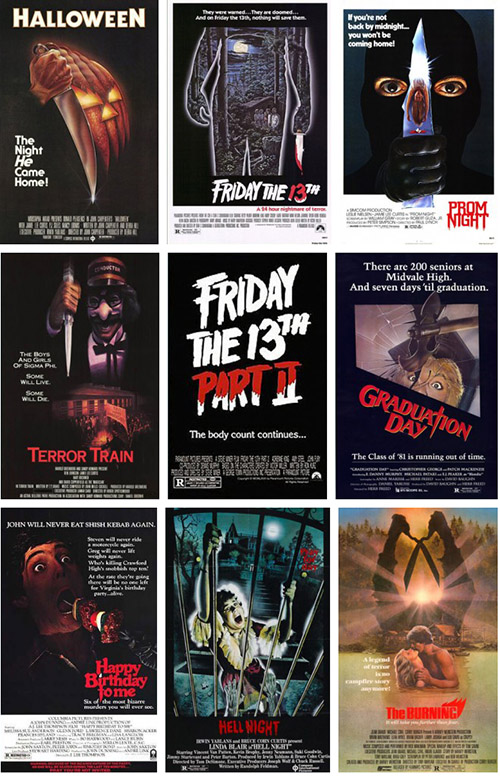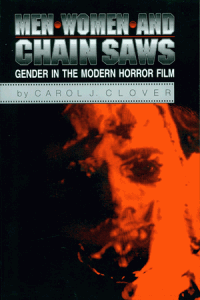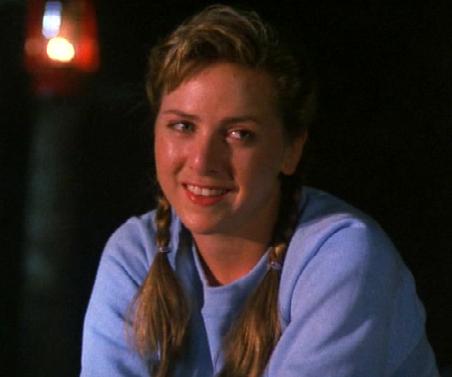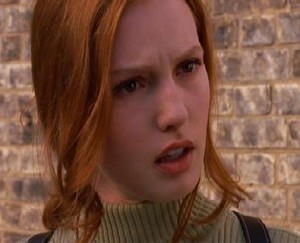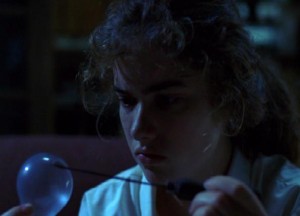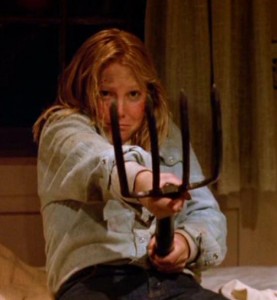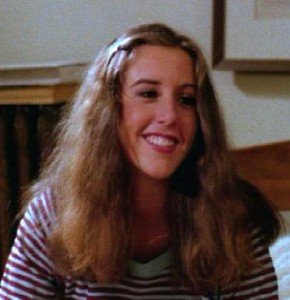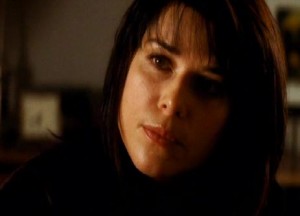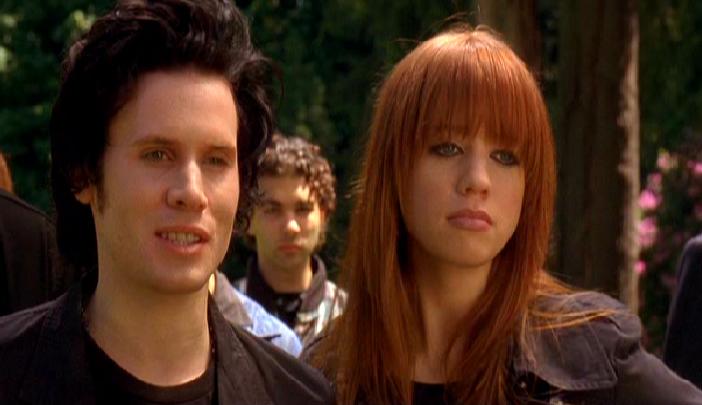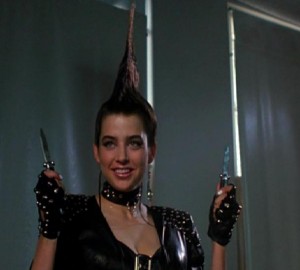Shitty Sequels III: Cash Cows Forever
Take me down to the sequel city where the grass is green but the films are shitty…
…and I keep watching them like a dick.
Previously – here and here to be specific – we looked at an array of cruddy slasher movie follow-ups over the years. There will always be sequels and some sequels will always be shitty. Hence, round three…
 Ripper 2: Letters from Within (2004)
Ripper 2: Letters from Within (2004)
The original Ripper movie in 2001 was divisive enough but I liked it quite a bit. Sure, it’s as flawed as any other collegiate body count film of its era you care to dip-check, but when compared to this truly dreadful sequel, it’s practically Halloween.
Retconning much of the foundations laid by the first one – a lot of which was never fully resolved anyway – carry-over character Molly (now played by Eric Karpluk) is packed off to a European castle for some deep dream therapy and some cloaked-hulk is somehow awakened by these experiments and offs her fellow nubile residents.
Whether this character is supposed to be some incarnation of Jack the Ripper is another question for the blackboard and the only certainty in the whole project is that the film sucks.
A friend of mine auditioned for a small role (one which I could never identify in the finished product) and, to date, it doesn’t seem to have reached distribution in the UK almost a decade after it was made.
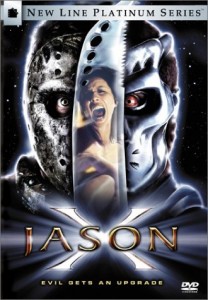 Jason X (2001)
Jason X (2001)
I, for one, don’t actually mind this deca-sequel, but it’s clearly crap.
Produced somewhere between 1999 and its long-delayed release, the idea of ‘Jason in space’ might have seemed funny but once it finally got out there, it was clear nobody got the joke and it’s the only film in the whole Friday the 13th canon to have not even broken even at the US box office.
A combination of timing and content is to blame (what else is there?): Scream and the cycle of big-studio slasher films was already over and out by the time the release date for JX crawled around (I remember Valentine and D-Tox (another delayed one) were released earlier in the year to negative reviews) people were sick of slasher movies all over again and poor ol’ Jay barely got a look in.
Otherwise, the film is neither funny enough nor scary enough, seemingly a recurrent theme in writer Todd Farmer’s horror scripts.
Thankfully, he would get another shot two years later battling Freddy Krueger, a film where, in box office terms, they got most things right.
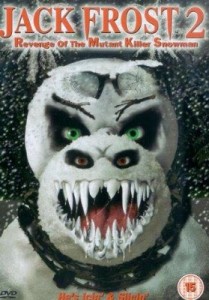 Jack Frost 2: Revenge of the Mutant Killer Snowman (2001)
Jack Frost 2: Revenge of the Mutant Killer Snowman (2001)
No, not a sequel to that schmaltzy Michael Keaton snowman comedy, but to a B-movie of the same name featuring a serial killer who, after getting into an accident with a truck carrying various chemicals, becomes a murderous snowman and takes revenge on the small town where he was captured.
Full of goofy dialogue and sub-Chucky one-liners, the film is amusing enough on a make-fun-if-it level (tagline: “He’s chillin’ and killin'”). This follow up, however, is the as much fun as a sudden attack of diarrhoea in a traffic jam.
Relocating to a tropical island (!?), the titular snowman follows returning actor Chris Allport (also seen in Savage Weekend way back in ’76) and wife on holiday to kill various schmucks. A Tremors sequel-like life cycle element sees small fluffy balls representing baby-Jack Frosts highlights how cheap and rubbish things have become. Ideas about a possible Jack Frost 3 have, thankfully, melted away.
 Maniac Cop 3: Badge of Silence (1992)
Maniac Cop 3: Badge of Silence (1992)
I really like Maniac Cop. Tom Atkins! Bruce Campbell is a straight role! Fast paced and high body counted – it’s a great little 80s flick. Maniac Cop 2 carried over the surviving characters and was entertaining enough. The third film though… shoulda been called Bride of Maniac Cop.
Big-faced Robert Z’Dar respectably returns to the role of undead zombie cop Matt Cordell once more after some religious nut resurrects him for no apparent reason. He falls in love with a devoted girl-cop, who has been set up by the media as a Cordell-like super villain. His resolve? To kill! kill! kill! them all!
While more in the slasher mold than MC2, this is one of those explicit cash-in productions that exists for almost no reason. But it’s still better than Jack Frost 2. And Ripper 2.
AND ANOTHER SHITTY SEQUEL I LOVE:
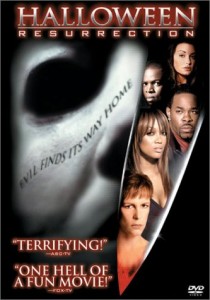 Halloween: Resurrection (2002)
Halloween: Resurrection (2002)
I’m sorry. Really, I am. What can I say? I enjoy it.
Killing Jamie Lee Curtis aside. Busta Rhymes inept acting aside. Tyra Banks thankless and wasted cameo aside. Most ridiculous un-doing of previous movie’s finale ever seen on film aside. I still enjoy Resurrection.
In the ‘for’ column – slim-pickings though they are – there’s a good cast outside of Rhymes. Katee Sachoff in a pre-Battlestar Gallactica appearance; the adorable Sean Patrick Thomas; American Pie player Thomas Ian Nicholas; Alicia Witt-lite Daisy McCrackin from cruddy DVD flick A Crack in the Floor.
The zeitgeist reality TV plot prevents the film from aging well and if that could’ve been removed as an obstacle this might have worked better as an earlier sequel, say between number six and H20. There was internet chatter about what was going to be Halloween 9 (before mainstay Moustapha Akkad was killed in a terrorist attack) might include the revelation that final girl Sara (Bianca Kajlich – what happened to her?) turning out to be Jamie Lloyd! Could’ve been a good way of undoing some of the hurt H20 caused when it pretended the interim films never happened.
All in all, it sucks as a Halloween film, but it’s an enjoyable, well made slasher movie beyond that.


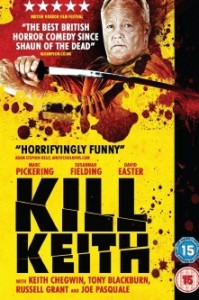
 2011/15/90m
2011/15/90m



